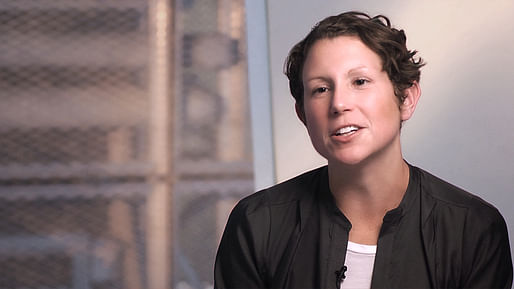

Amid the seemingly endless barrage of new writings about the imminent arrival of the technologically mediated “smart city,” a slim volume published by the University of Minnesota Press suggests that so-called intelligent urbanism might not be so new after all. In Deep Mapping the Media City, author Shannon Mattern, an associate professor at the School of Media Studies at the New School, argues cities have been “mediated, and intelligent, for millenia.” Rather than arbitrary ruptures, our cities have developed over time, as new infrastructural developments build off – or plug into – the infrastructure of the past.
Mattern takes a broad look at contemporary urban discourses, and compellingly advocates for an “urban media archaeology,” a “materialist, multisensory approach to exploring the deep material history” of our cities. She makes clear that her invocation of archaeology shouldn’t be read as part of the proliferation of the Foucauldian genealogical methodology en vogue in academia today or as a simple metaphor, but rather in terms of actual archaeological practices such as excavations. For Mattern, to understand the conditions of the contemporary city, a spade and shovel should be used alongside our laptops and data caches. Looking at a variety of case studies including work produced in her classes, Mattern both articulates the stakes, and argues for the importance of work in purview of “deep urbanism” – the complex mesh of infrastructure, geology, history, and architecture that constitutes the contemporary city.

Deep Mapping the Media City is part of “Forerunners: Ideas First,” a “thought-in-process series” by the University of Minnesota Press comprising writing “between fresh ideas and finished books.” As such, Mattern’s book is a bit too brief and leaves you wanting more. Still, it’s makes a compelling argument for a nascent field of study that feels urgent, particularly in light of contemporary ecological and social transformations, while also offering a refreshingly lucid respite from current discourses that stress novelty and rupture as the singular and primary markers of our time.
Visit the University of Minnesota Press for more information or to purchase a copy.
Are you sure you want to block this user and hide all related comments throughout the site?
No Comments
Archinect
This is your first comment on Archinect. Your comment will be visible once approved.